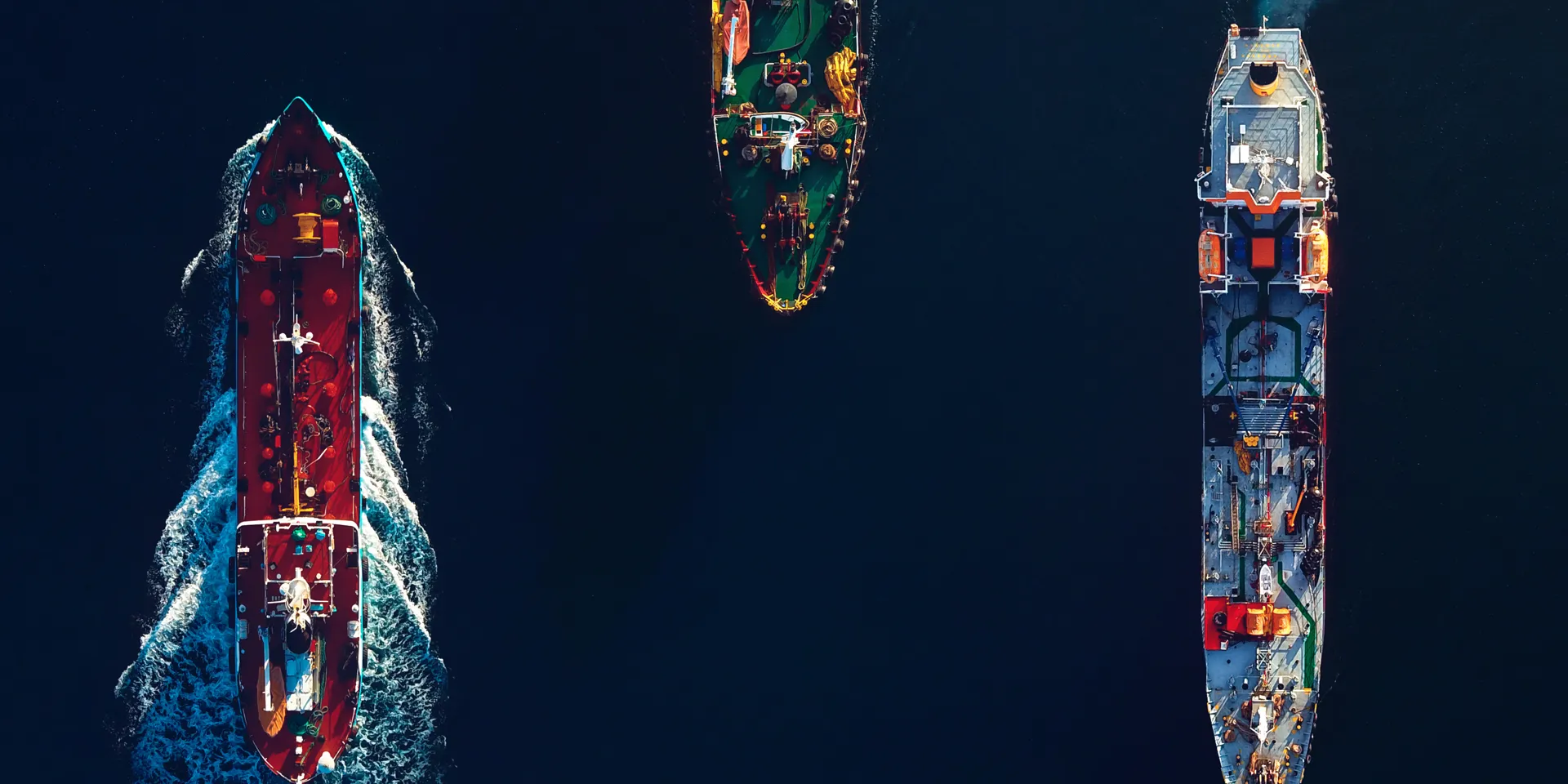Crude oil plays a critical role in all modern economies and its transportation is a vital element of the global energy supply chain. In this article, we will explain what exactly crude oil is and how it forms naturally. Then we will look in more detail at the infrastructure and logistics needed to move crude oil safely and efficiently around the world, from its source to where it is needed.
What is crude oil?
Crude oil is a very versatile substance that is used in a wide variety of petroleum products, such as jet fuel, lubricants, gasoline, and diesel fuel. As a result, it is an essential resource for a number of industries, including energy production, transportation, and industrial processes.
Sometimes known as ‘black gold’, crude oil is a fossil fuel which, although it occurs naturally, plays a central role in today’s modern world. The substance is made up of a complex mix of hydrocarbons (mainly hydrogen and carbon atoms combined with small trace amounts of sulphur, nitrogen, oxygen, and other elements). Typically it contains around 82-87% carbon by weight and 12-15% hydrogen by weight, however these ratios can vary a great deal.
The intricate make-up of crude oil means it can take a number of different exact forms, each with its own distinctive yet complex composition. As a result, the visual appearance of crude oil can range from colourless to black, depending on its constituent properties.
How is crude oil formed?
Crude oil is produced over the course of millions of years, via a naturally occurring geological process. Microscopic creatures, such as plankton and algae, along with other ancient marine organisms once thrived in the Earth’s oceans. When these tiny organisms died, their remains sank to the bottom of the ocean, where they were eventually buried under layers of sediment.
Over the course of aeons, these sediment layers put enormous amounts of pressure on the organic remains. Added to this, heat from the Earth’s core naturally radiates upwards to the surface. The heat and pressure combined trigger a process called diagenesis, whereby the chemical composition of the remains is transformed from organic material into hydrocarbons, creating the fossil fuel we know as crude oil.
When the process of diagenesis continues over several millennia, the hydrocarbons gradually move through porous rock formations. Over time, these then settle in specific areas to become underground reservoirs of crude oil.
Crude oil transportation methods
Given the value and versatility of crude oil, it’s in high demand across the globe. As such, it needs to be transported at two distinct stages:
1. From extraction sites to refineries for refining and processing
Crude oil is a raw material, meaning it needs to undergo an extensive refining process in order to turn it into usable products. Given that oil reserves are often in geographically remote regions of the world, far away from the areas where they are processed, there’s a need to transport the crude oil from extraction sites to refineries. Once transported, it can then be processed into products such as diesel and gasoline.
2. From refineries to locations with market demand
Demand for petroleum products differs between the various regions and countries of the world. For example, countries with cold climates might need more heating oil, whereas those with high transportation needs will have significantly greater demand for gasoline and diesel. As such, crude oil is transported internationally according to demand in different regions, being imported and exported by various countries according to demand.
Let’s take a look at some of the ways in which crude oil is transported.
Shipping
Similar to LPG shipping, specially designed tankers are used to transport crude oil internationally. The oil is loaded onto the vessels at ports situated close to oil production regions and is then transported across the ocean to refineries and markets worldwide. Tankers come in various sizes, from smaller coastal vessels to giant supertankers. Having said this, they are generally huge vessels that can carry vast quantities of crude oil in their holds, with ship capacities ranging from 100,000 to over 3 million barrels.
Pipeline
Pipelines are the go-to transportation method for moving crude oil over long distances given they are cost-effective, energy-efficient and have a comparatively low environmental impact. These vast interconnected networks, which can be either underground or above ground, see crude oil pumped into pipelines at production sites and then transported through the pipes to refineries and storage facilities.
Rail
Crude oil can also be transported via rail. This sees specialised rail cars loaded with oil at production sites, ready to be moved to refineries and/or distribution hubs. Rail is usually the preferred method when transportation via pipelines is either not possible or uneconomical. Moving crude oil in this way also offers more flexibility, enabling it to be transported to remote areas, and as such it has become a popular alternative in recent years.
Road
When operating on a smaller scale, crude oil can also be transported by road using tanker trucks. This method is best suited to moving oil shorter distances, or when you need to access remote locations which are not served by pipeline or rail connections. Although moving crude oil via road is more expensive and less efficient than moving it via pipelines or rail, it does offer flexibility in reaching areas which would otherwise not be easily accessible.

